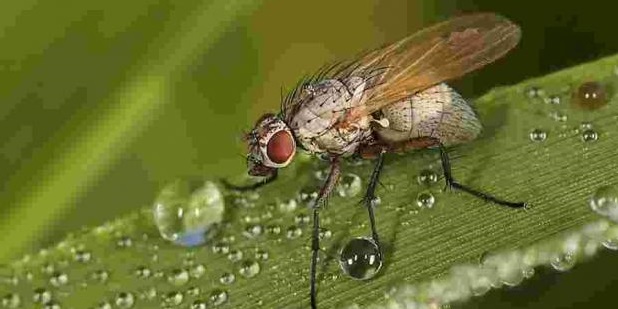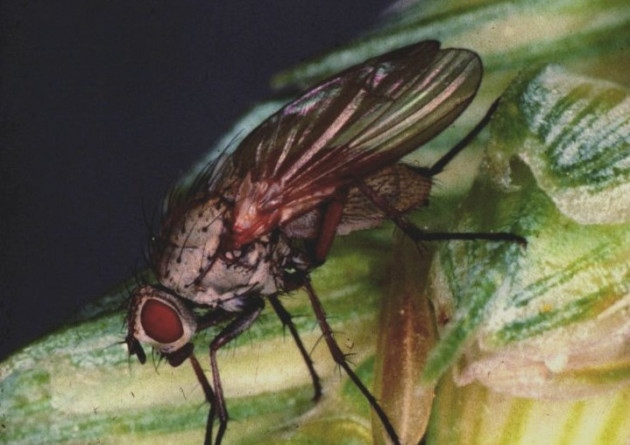
It is likely to be a low-risk year for wheat bulb fly (WBF), according to AHDB’s annual autumn survey.
The full WBF survey findings, released this week, show that 2016 ranks among the lowest-risk years for this pest since records began in 1984.
With recent losses of authorisations for egg-hatch (chlorpyrifos) and deadheart (dimethoate) sprays, the latest findings will bring some welcome news to growers.
Dr Steve Ellis, who leads the survey at ADAS, said: “Monitoring began back in 1984 and only four years, including this year, have seen risk levels so low.
“Interestingly, three of these years have been in the last five. This is probably pure luck of the draw, rather than an indication of a long-term decline in WBF pressure.”
As part of the survey, soil samples are taken during September from 30 fields (split equally across eastern and north-eastern England) prone to attack from WBF and the number of WBF eggs/m² calculated.
The full dataset has confirmed findings from the provisional egg-count data, which suggested that 2016 would be a low-risk year.

Thresholds simplified
The recent loss of control options has resulted in the simplification of the threshold recommendations for WBF, which are now based on seed treatment alone.
As before, the most appropriate threshold to use depends on drilling date.
Early-sown winter wheat crops (before November) are unlikely to benefit from seed treatment, as they have more time to tiller and are better able to withstand WBF attack.
For late-sown winter wheat crops (November to December), seed treatments should be considered where WBF populations exceed 100 eggs/m2.
For late-winter/spring-sown crops (January to March), seed treatments should be considered irrespective of the WBF population size.
Miss Caroline Nicholls, who manages pest research at AHDB, said: “The basic message is simple: the higher the egg count and the later the drilling date, the greater the risk to wheat and barley.”
Egg counts for 2016
The latest survey findings reveal that average egg numbers were low for both eastern sites (90/m2) and north-eastern sites (89/m2) and that most sites (22/30) could be categorised as low-risk. Seven sites, however, fell into the moderate-risk category and one in the high-risk category.
Table shows the number of wheat bulb fly eggs/m² extracted from soil samples. The percentage of sites in each category is stated in brackets. Click here for a PDF version.
The highest counts were from sites where the previous crop was onions (average of 212 eggs/m2) and potatoes (average of 123 eggs/m2).
The autumn WBF survey provides an indication of the overall risk level. As in-field risk depends on numerous factors, growers are advised to read the AHDB Wheat Bulb Fly publication to calculate the need to treat crops.
